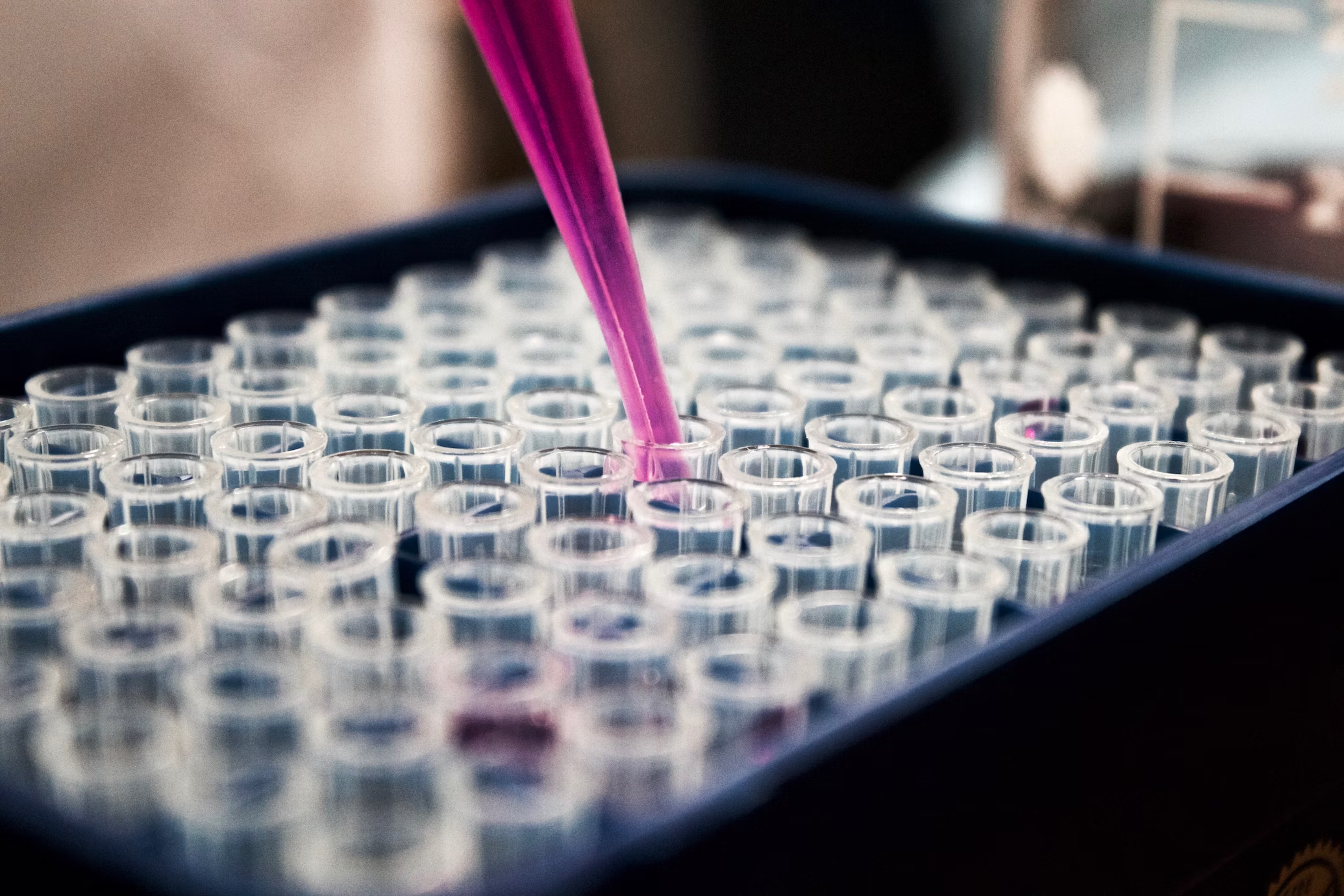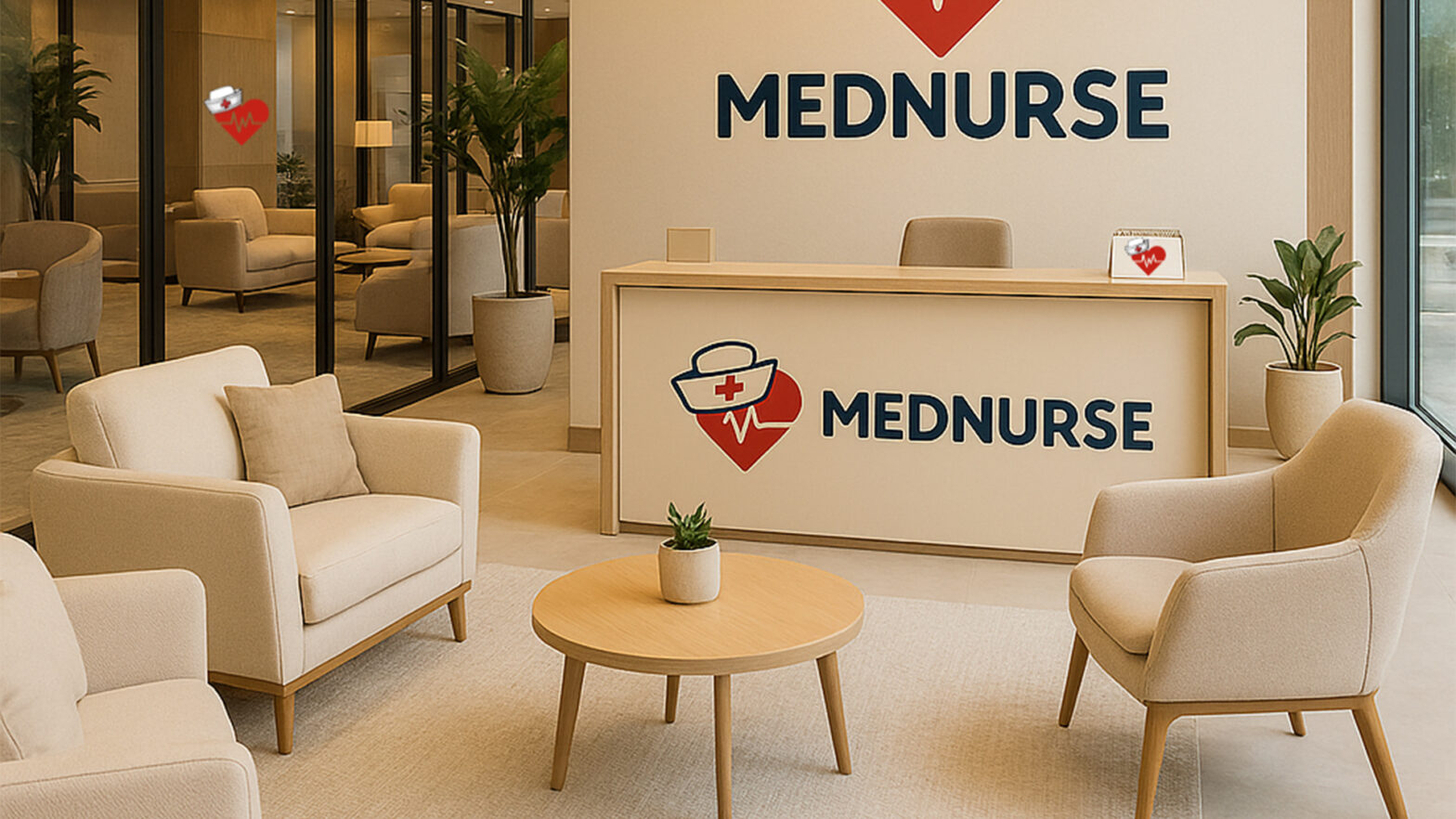
Offering premium protein analysis tools for the development of therapeutic drugs, enzyme optimization for industrial processes, or for accelerating R&D through in-depth analysis of specific proteins, Bio-Prodict is an award-winning entity at hand to offer pioneering software designs – supporting structural biology and protein analysis. We hear from Henk-Jan Joosten below as Bio-Prodict is rewarded with the title of Best Mutation Prediction Company 2025.
Who are you and what is Bio-Prodict?
“I am Henk-Jan Joosten, the Founder and CCO of Bio-Prodict. Bio-Prodict is a bio-informatics service company founded in 2008. Since the start, Bio-Prodict’s main products are protein family analysis systems called 3DM.”
What is 3DM and what makes it unique?
“3DM protein family databases consist of many different types of data, such as sequences, structures, 3D based alignments, literature, patents, ligand binding, SNP data, mutation data, and many more, for complete protein families. Bio-Prodict has built 3DM databases for all available protein families. This is not only by far the largest highly organized protein dataset in the word, but in 3DM all this data is synchronized via a renumbering (called 3D-numbers) of all sequences and all structures that is based on a 3D alignment. This synchronization of protein data is a unique in the world solution. The 3D numbering scheme hyperlinks all data which enables the transfer of data between homologues proteins. For example, the doctors of the AMC hospital in Amsterdam had a patient with heart problems. The doctors suspected HYPP, a disease cause by mutations in a protein that makes your heart pump. Sequencing of this patient indeed revealed a mutation in this protein. However, the doctors couldn’t say that this mutation was causing the heart problems because it has never been observed in humans before. 3DM found a publication about a running horse that died of this HYPP heart failure. The doctors didn’t find this paper, because the horse protein has a different amino acid numbering scheme. In 3DM the numbering of the amino acids of these two proteins are synchronized and both the human and the horse mutation have the same 3D number. This enabled to doctors to diagnose the patient with HYPP and could with confidence initiate the treatment for HYPP.”
What is 3DM Engineering and when was it released?
“As Bio-Prodict has automated the generation of 3DM databases we have been able to build these systems for all available protein families (>100.000 systems). AI gets better when trained on more data and higher quality data, making this massive set of highly organized data captured in over 100K 3DM database very valuable for training AI. After years of training, we have release 3DM Engineering in November 2024, an AI platform that generally “understands” how proteins function, can predict effects of mutations and can very accurately predict which mutations can be combined. The ability to accurately predict higher order of combined mutants makes 3DM Engineering so valuable. Such combinations cannot be predicted by rational design, and this drastically decreases the number of screens and evolution rounds that need to be performed in the laboratory.”
You mentioned that the performance of 3DM Engineering was tested using the protein engineering tournament 2024. What were the results?
“Because 3DM Engineering was released in November 2024 we were not able to participate in the competition last year, but just like Cradle did, we asked the organizers if we could receive the training data to see how we compare to the competition. Because 3DM Engineering has a more in-depth knowledge about the functioning of proteins in general, 3DM Engineering outperformed all competitors.“

Has 3DM Engineering already been used for real projects with customers?
“Since the release in November 2024 Bio-Prodict has started protein optimization projects with many large and mid-sized pharma and biotech companies. In the first pilot we tested how well 3DM Engineering can combine mutations compared to a 7 round high throughput protein engineering experiment in which the customer made tens of thousands of mutations in each round. Using just 167 single mutations for training, 3DM Engineering predicted in round one 26 triple mutants, and 14 quintuple mutants. In a second round 3DM Engineering started with the best 2 quintuple mutants and added 2 more mutations (30 enzymes each with 7 mutations were predicted). 7 of these 30 mutants outperformed the best performing enzyme that the customer found via this time consuming very expensive high throughput method. It would have saved them 98% of the lab-time, work, and costs.
In another project we were asked to help stabilizing an already very stable enzyme that has been optimized by our customer for over 10 years. We used mutation data the customer had in-house to train 3DM Engineering for this specific task. 3DM Engineering predicted just 10 enzymes each with 5 mutations. 4 out of these ten were more stable than the already highly optimized protein of the customer. Also, in this example the combinations of mutations 3DM Engineering predicted to be more stable are very different from each other and can be found spread all over the protein not predictable via rational design and were not found after more than 10 years of optimization via laboratorial research efforts.”
At GHP, we’re sure that the future of the Bio-Prodict will see many more developments in the world of structural biology, and it is a pleasure to award the organization with its title of “Best Mutation Prediction Company 2025” in GHP’s Global Excellence Awards 2025.


















